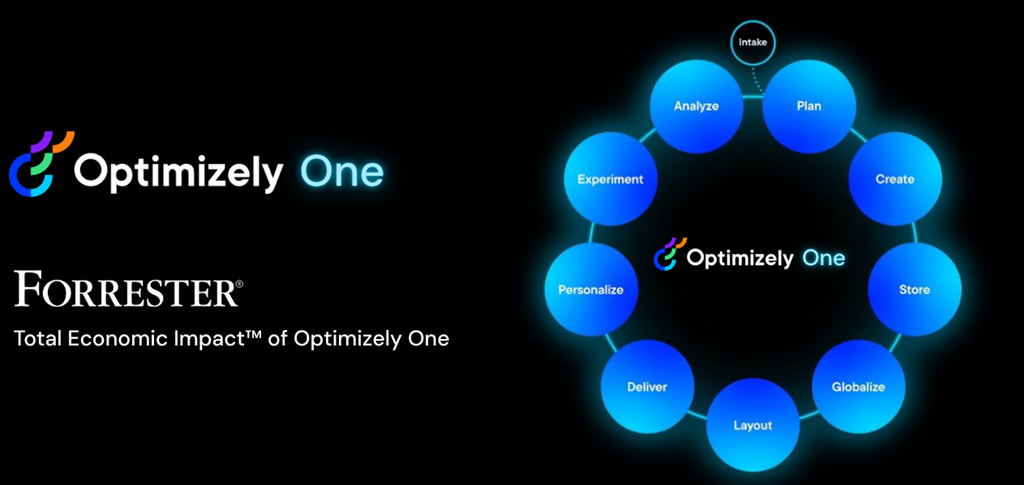From silos to synergy: what Forrester’s new TEI study really reveals about Optimizely One
Dom Graveson

Every so often, a research report comes along that doesn’t just present data. It reflects where digital experience actually stands. Forrester’s new TEI study on Optimizely One feels like one of those moments.
At first glance, the numbers are impressive. A 446% return on investment, $5.8 million in net present value, and payback in less than six months. But the real story goes deeper. It’s about what happens when companies stop relying on disconnected tools and start building around a unified, intelligent experience platform.
The Hidden cost of fragmentation
Before switching to Optimizely One, many of the organisations Forrester spoke to were managing what they called “DIY digital stacks.” These were made up of different architectures, siloed data flows, and marketing teams waiting on engineering to make even small changes.
This fragmentation wasn’t just technical. It shaped how teams worked. Each group focused on its own tools rather than the overall customer experience. That led to slow experimentation, inconsistent insights, and a constant struggle to understand what was really driving customer behaviour.
One digital leader summed it up clearly:
“We had four different architectures running at once. It wasn’t one consistent stack.”
Unification as a catalyst for growth
After moving to Optimizely One, those same organizations saw meaningful improvements across the board.
- Digital conversions increased by 8%, and web sessions rose by 5% over three years
- Data analysts delivered 30% more value thanks to faster access to insights
- Developers and marketers saw up to a 40% boost in productivity when creating content
- More than $650,000 was saved by retiring redundant legacy tools
These are operational metrics, but they point to something bigger. Teams were finally working from a shared workflow, using the same insights, and speaking the same language when it came to performance.
The real ROI is confidence
The financials are strong. $7.1 million in quantified benefits against $1.3 million in costs. But what stood out most was the shift in how teams felt and worked.
Manual reporting loops were eliminated. Analysts could access insights on their own, without waiting for data scientists. Content creators could test ideas in minutes instead of weeks. Decision-makers had the confidence to act based on real data, not gut instinct.
That sense of clarity and control may be the most valuable outcome of all.
AI is starting to make a difference
The study also touches on Optimizely’s AI assistant, Opal. It’s already helping teams set up experiments, summarise results, and draft recommendations.
Interviewees described it as quietly transformative. Not flashy, but practical. It’s taking care of the repetitive tasks so people can focus on strategy instead of spreadsheets. It’s still early, but this could be the start of a new wave of efficiency.
A thoughtful warning
Unification doesn’t mean everything should look the same. The composite organisation in the study gained speed and scale, but digital leaders still face a creative challenge. How do you avoid creating an experience that’s endlessly optimised but ultimately average?
The opportunity now is to combine machine-driven efficiency with human creativity. Optimisation should support differentiation, not flatten it.
Questions for digital leaders to consider
If you’re leading a digital transformation, it’s worth asking:
- Where are we still losing time, insight, or creativity due to fragmentation?
- What could we unlock if data, content, and experimentation lived in one ecosystem?
- How do we maintain brand distinctiveness while embracing automation?
Forrester’s TEI study makes a strong financial case for unification. But the deeper message is about coherence. When teams, tools, and touchpoints are aligned, that becomes a competitive advantage.